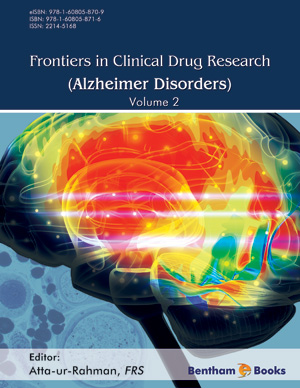Abstract
Alzheimer’s disease (AD) is a neurodegenerative disorder of the brain, inducing progressive severe presenile and senile cognitive decline, resulting in vegetative stage eventually. From the etiological point of view the main causative factor, remains unknown, in spite of the steady augmentation of the research efforts. Golgi staining revealed the substantial alterations of the dendritic branches and the tremendous loss of spines even in the initial stages of the disease. Electron microscopy reveals morphological changes of the mitochondria in neurons and astrocytes associated with fragmentation of cisternae of Golgi complex and pathological alteration of the dendritic spines, even in areas of the brain, which demonstrate minimal tau pathology and few amyloid β deposits. It is attempted to describe the ultrastructural alterations of the cerebellar cortex in early cases of AD, focusing the study mostly on mitochondria, Golgi apparatus, dendritic branches, dendritic spines and synapses in the cerebellar hemispheres and the vermis. Mitochondria demonstrated an impressive polymorphism in the soma, the axonal and dendritic profiles of Purkinje cells, the climbing fibers, the mossy fibers and the synapses. Electron microscopy revealed also marked fragmentation of cisternae of Golgi complex in large number of Purkinje cells, granule and stellate cells in the vermis and the cerebellar hemispheres. The fragmentation of the Golgi complex and the poverty in vesicles in cis- and trans-Golgi network in the soma of Purkinje cells in Alzheimer’s brains coincide with the synaptic loss, the shortage of the dendritic arborization and the pathological alterations of the spines. Numerous spines included large multivesicular bodies, altered spine apparatus, and unusual mitochondria. Giant elongated spines were seen in a substantial number of Purkinje cells. In many presynaptic terminals of parallel and mossy fibers, electron microscopy revealed a dramatic loss of the synaptic vesicles associated with marked polymorphism. On the basis of the mitochondrial and Golgi complex pathology, new therapeutic strategies protecting those organelles might be proposed for the treatment of early cases of AD.
Keywords: Alzheimer’s disease, cerebellum, golgi apparatus, mitochondria, morphometry, oxidative stress, purkinje cells, ultrastructure.






















